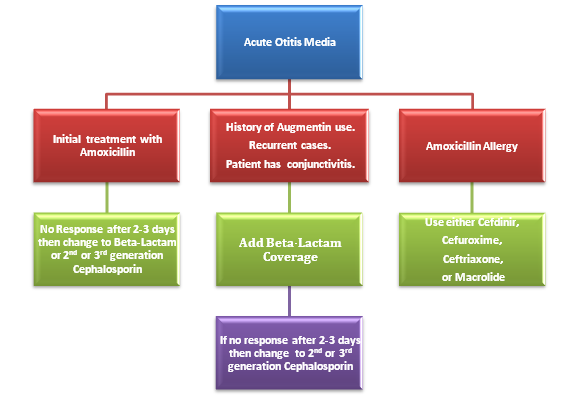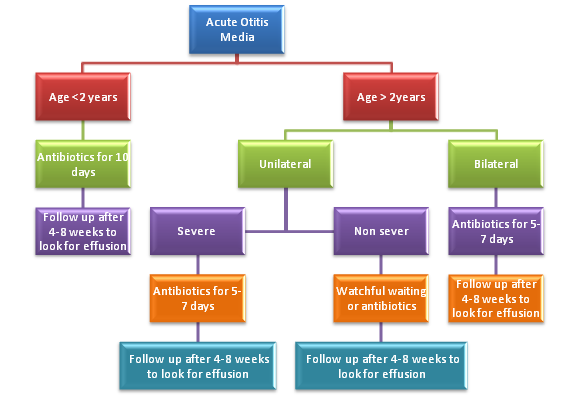Ear infections, medically referred to as Acute Otitis Media or AOM, are a common health issue that affects millions of people worldwide. These infections often occur in children but can also affect adults. Understanding the nature of ear infections, their causes, symptoms, and proper care is essential for managing this condition effectively. This article provides an in-depth look at everything you need to know about ear infections.

What Is An Ear Infection?
An ear infection is an inflammation or infection of the middle ear, which is the area located behind the eardrum. The middle ear plays a crucial role in transmitting sound from the outer ear to the inner ear. When fluid builds up in this area due to bacterial or viral activity, it creates an environment where germs can thrive, leading to infection.
Ear infections are classified into two main types: acute otitis media and chronic otitis media. Acute otitis media is characterized by sudden onset and short duration, while chronic otitis media involves persistent or recurring infections that may lead to complications if left untreated.
How Common Are Ear Infections?
- Ear infections are one of the most frequent reasons parents take their children to see a doctor.
- Children under the age of three are particularly susceptible to ear infections due to the structure of their developing ears.
- Adults can also develop ear infections, although they tend to be less common compared to children.
Causes Of Ear Infections
Several factors contribute to the development of ear infections. Understanding these causes can help prevent future occurrences and manage existing conditions more effectively.
Bacterial And Viral Infections
The primary cause of ear infections is the presence of bacteria or viruses in the middle ear. These microorganisms often spread from other parts of the body, such as the throat or nasal passages, through the Eustachian tube—a narrow channel connecting the middle ear to the back of the throat. When this tube becomes blocked or swollen, fluid accumulates in the middle ear, creating a breeding ground for germs.
Common Cold And Respiratory Infections
Ear infections frequently follow respiratory illnesses like the common cold or flu. These conditions cause inflammation and swelling in the nasal passages and throat, which can obstruct the Eustachian tube. As a result, fluid cannot drain properly, increasing the risk of infection.
Allergies
Allergies can also play a significant role in triggering ear infections. Allergic reactions cause swelling in the nasal passages and Eustachian tubes, leading to fluid buildup in the middle ear. People with seasonal allergies or sensitivities to environmental irritants may experience recurrent ear infections during allergy season.
Anatomical Factors
In children, the Eustachian tubes are shorter and more horizontal than in adults, making it easier for bacteria and viruses to travel into the middle ear. Additionally, the immune systems of young children are still developing, leaving them more vulnerable to infections.
Symptoms Of Ear Infections
Recognizing the symptoms of an ear infection is critical for timely diagnosis and treatment. While symptoms may vary depending on age and severity, some common signs include:
Pain In The Ear
One of the hallmark symptoms of an ear infection is pain in the affected ear. This discomfort is often described as sharp or throbbing and may worsen when lying down. Children may tug or pull at their ears as a way to express discomfort.
Fever
A fever is another common symptom associated with ear infections. Elevated body temperature indicates that the immune system is fighting off an infection. In children, even a low-grade fever should not be ignored, as it could signal an underlying issue.
Hearing Difficulties
Fluid buildup in the middle ear can interfere with sound transmission, leading to temporary hearing loss. Individuals with ear infections may report muffled sounds or difficulty understanding speech. In young children, delayed responses to auditory cues might indicate hearing problems caused by an ear infection.
Drainage From The Ear
In some cases, pus or fluid may drain from the ear. This discharge is typically yellow, green, or bloody and occurs when the eardrum ruptures due to pressure from accumulated fluid. While alarming, a ruptured eardrum usually heals on its own within a few weeks.
Irritability And Sleep Disturbances
Children with ear infections often become irritable and fussy. They may cry more than usual and have trouble sleeping, especially if lying flat exacerbates their ear pain. Adults may experience similar disruptions in sleep patterns due to discomfort.
Care And Treatment For Ear Infections
Proper care and treatment are essential for alleviating symptoms and preventing complications related to ear infections. Depending on the severity and underlying cause, various approaches can be taken to address this condition.
Home Remedies
Mild ear infections can often be managed at home using simple remedies. These methods aim to relieve pain and reduce inflammation until the infection resolves on its own.
- Warm Compress: Applying a warm compress to the affected ear can provide soothing relief from pain.
- Over-The-Counter Pain Relievers: Medications such as acetaminophen or ibuprofen can help reduce pain and fever. Always follow dosage instructions carefully, especially for children.
- Hydration: Staying hydrated supports overall health and helps thin mucus, promoting better drainage from the Eustachian tubes.
Medical Treatment
If symptoms persist or worsen despite home care, medical intervention may be necessary. A healthcare provider will examine the ear using an otoscope to assess the extent of the infection and determine the appropriate course of action.
Antibiotics
For bacterial infections, antibiotics are commonly prescribed. It’s important to complete the full course of medication as directed, even if symptoms improve before finishing the prescription. Failure to do so can lead to antibiotic resistance or recurrence of the infection.
Pain Management
In addition to over-the-counter pain relievers, doctors may recommend prescription-strength medications for severe pain. Some cases may require numbing drops applied directly to the ear for targeted relief.
Tympanostomy Tubes
Children who experience frequent or chronic ear infections may benefit from tympanostomy tubes. These small devices are surgically inserted into the eardrum to facilitate drainage and ventilation of the middle ear, reducing the likelihood of future infections.
Preventive Measures
While not all ear infections can be prevented, certain steps can lower the risk of developing them.
- Vaccinations: Ensuring children receive recommended vaccinations, such as those for pneumococcal disease and influenza, can help protect against infections that lead to ear issues.
- Avoiding Secondhand Smoke: Exposure to cigarette smoke increases the risk of ear infections. Keeping environments smoke-free is beneficial for overall health.
- Proper Hygiene: Regular handwashing and avoiding close contact with sick individuals can minimize exposure to germs that cause infections.
When To Seek Medical Attention
While many ear infections resolve without complications, certain situations warrant immediate medical attention. Contact a healthcare provider if any of the following occur:
- Symptoms persist for more than 48 hours despite home care.
- Pain becomes severe or unbearable.
- High fever develops, particularly in infants and young children.
- Fluid drainage from the ear contains blood or has a foul odor.
- Hearing loss persists after the infection clears.
Early diagnosis and treatment are key to preventing potential complications, such as permanent hearing damage or the spread of infection to nearby structures.





